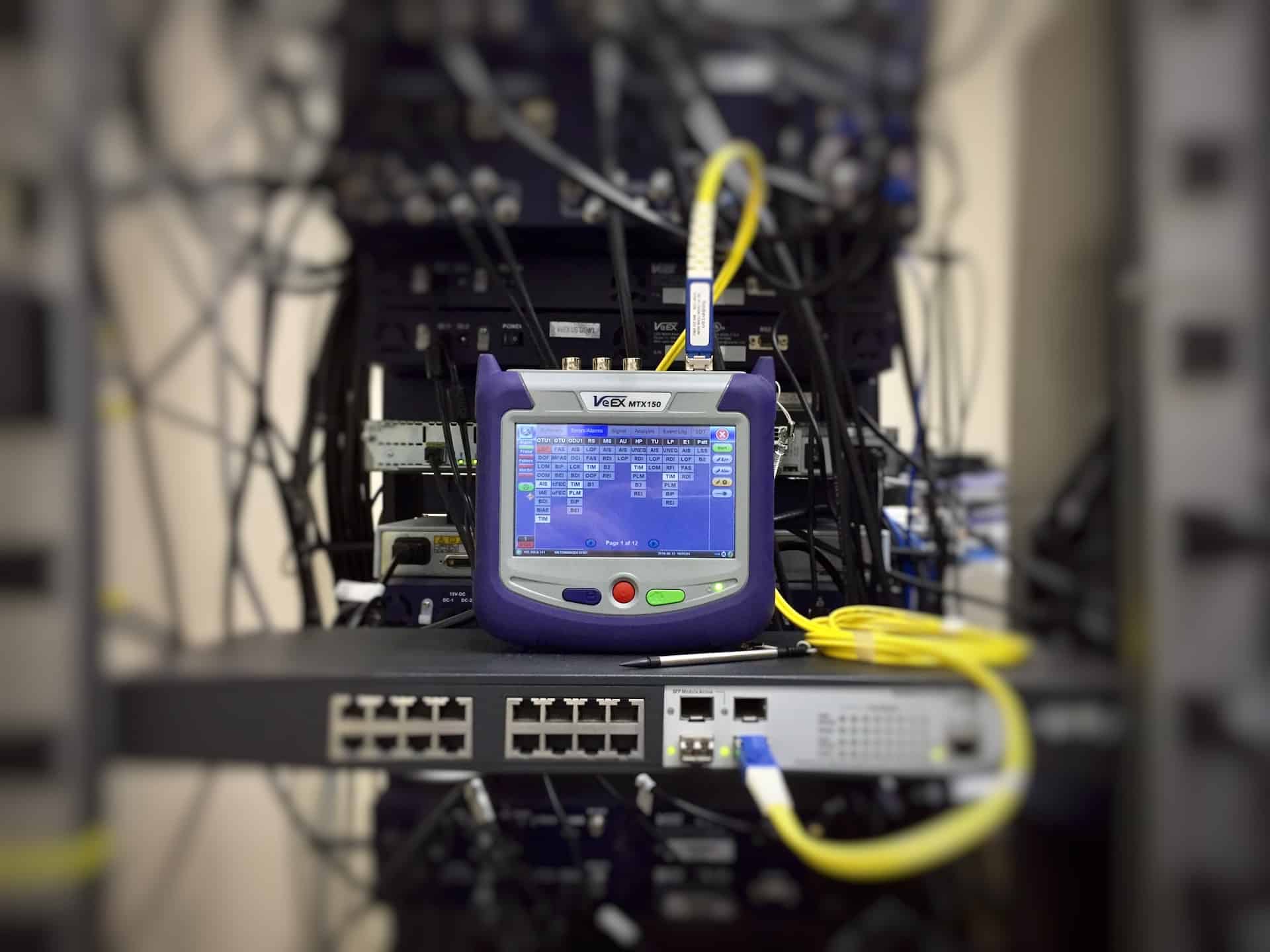The integration of robotic vision guarantees consistency in production.
Discovering the Perks of Optical Fibre Examining for Improved Communication Systems
The relevance of optical fibre testing in modern interaction systems can not be overstated, as it offers as a structure for guaranteeing network dependability and efficiency. This proactive screening strategy has profound ramifications for signal top quality and functional efficiency, elevating the concern of just how these practices add to long-term sustainability in an ever-evolving technical landscape.
Importance of Optical Fiber Screening
The value of optical fibre screening can not be overstated in today's data-driven environment. As organizations increasingly rely upon high-speed information transmission for day-to-day procedures, the integrity and performance of optical fibre networks are paramount. Evaluating ensures that these networks can support the large amounts of data produced and transferred flawlessly, cultivating reliable interaction and connection.
Optical fibre screening offers several essential features, consisting of validating installment top quality, recognizing possible mistakes, and establishing total system efficiency. Routine screening can stop expensive downtimes and service interruptions, allowing organizations to keep functional connection. It helps in compliance with industry criteria and guidelines, guaranteeing that fibre optic installations fulfill needed specifications for safety and security and dependability.
Furthermore, testing can boost the durability of fibre optic systems. By proactively recognizing problems such as signal loss, attenuation, or port failures, companies can deal with problems prior to they escalate, hence extending the life of their framework. In summary, optical fiber testing is not just a technological requirement yet a calculated investment that boosts network dependability, optimizes efficiency, and ultimately sustains the development and effectiveness of modern interaction systems.
Key Checking Methods

OTDR is a vital method made use of to identify faults, procedure splice losses, and analyze the overall stability of a fiber optic link. By sending a pulse of light down the fibre and assessing the reflected light, service technicians can determine locations of faults and assess the network's efficiency over lengthy ranges.
Insertion loss screening gauges the amount of signal loss that happens when light passes with a link or splice. This approach is essential for verifying that connections satisfy given loss limits, which is crucial for maintaining optimal performance in communication systems.
Optical return loss testing quantifies the amount of light showed back towards the source because of flaws in the fibre or connections. High return loss values indicate better performance and decreased signal deterioration.
Together, these testing methods provide a comprehensive analysis of fiber optic networks, guaranteeing their integrity and capability in varied interaction applications.
Effect on System Performance
Effective optical fibre screening straight influences the overall efficiency of communication systems. By making certain the honesty of fibre optic wires, screening recognizes potential mistakes such as attenuation, splice loss, and connector misalignment. These issues can dramatically deteriorate signal quality, bring about disruptions and lowered information transmission rates.

Furthermore, normal optical fibre screening contributes to long-lasting system sustainability. It enables early discovery of wear and tear, permitting for timely upkeep and upgrades before major failures take place. This not only extends the lifespan of the facilities yet also makes certain that communication Our site systems stay affordable in terms of performance.
Cost-Effectiveness and Effectiveness
Cost-effectiveness is a crucial consideration in the release and maintenance of optical fibre networks. Applying robust optical fibre testing treatments can significantly decrease functional prices by identifying issues before they intensify right into significant problems. optical fibre testing equipment. By spotting faults, depletion, and various other efficiency barriers early, organizations can avoid costly repair services and downtime, which can interfere with solutions and bring about revenue loss
Furthermore, efficient testing methods enhance the installation procedure, permitting service technicians to work extra properly. This equates to lower work costs and faster task completion times. Advanced testing tools, such as Optical Time Domain Reflectometers (OTDRs), enables a precise evaluation of fibre quality, ensuring that just optimal products are used, therefore reducing waste.
Normal testing additionally contributes to far better resource allocation. By comprehending the network's efficiency, organizations can make enlightened decisions concerning upgrades and growths, ensuring that investments are made where they are most required. In summary, optical fiber screening improves cost-effectiveness and performance, supporting the lasting sustainability and competitiveness of interaction systems in an increasingly demanding market.
Making Certain Long-Term Reliability
Carrying out rigorous optical fibre screening not just enhances expense financial savings and operational effectiveness yet also plays an essential duty in ensuring the long-lasting integrity of communication networks. Constant screening methods, consisting of depletion and bandwidth evaluations, aid recognize potential degradation in fibre efficiency prior to it brings about service disruptions.
By utilizing innovative testing visit this website approaches, network operators can pinpoint faults or weak points in the fiber facilities, allowing for timely remediation. This aggressive strategy minimizes downtime, guaranteeing that communication systems stay practical and effective. In addition, normal screening contributes to the advancement of a much more durable network, as operators can adapt and optimize their infrastructure based on real-time data understandings. robotic vision.
In addition, making sure compliance with industry standards via optical fiber testing reinforces the quality and honesty of the whole communication system. This adherence not only bolsters self-confidence amongst stakeholders but likewise lines up with regulatory needs, which are increasingly rigorous.
Verdict
In final thought, optical fibre testing acts as a basic part in boosting communication systems. By utilizing different screening approaches, such as OTDR and insertion loss evaluations, networks can attain optimum performance and reliability. The aggressive recognition of faults not just enhances signal quality yet likewise reduces downtime, eventually adding to helpful resources cost-effectiveness and functional effectiveness. Adherence to market criteria promotes stakeholder self-confidence, guaranteeing the lasting sustainability of communication facilities in a progressively data-driven landscape.